Meet Dag Oliver of Norseman
Dag Oliver is a hard working family man and he talked to us about Norseman, the related Xtreme sister events and the True, Basic and Unique mantra of Norseman. Despite offering only 250 starting spots the event is getting more popular each year, and there is no sign that it will stop. But that is not all we talked about with Dag Oliver, there was more.
Slowtwitch: Thank you for your time Dag.
Dag Oliver: You are welcome.
ST: Can you share with us how and when Norseman got started?
Dag: Next year will be Norseman number 14. The first one was started by Hårek, a true Norwegian Viking name and person, who had this idea that triathlon in Norway was down with a broken back, and he wanted something to happen. His theory was that if you could get foreigners come to Norway to compete, the Norwegians would eventually follow. So step-by-step he created Norseman. Thirty people the first year, triple that the second year and so on. We now have been full the last 11 years. Now we are pretty much struggling to keep up with the attention we are getting.
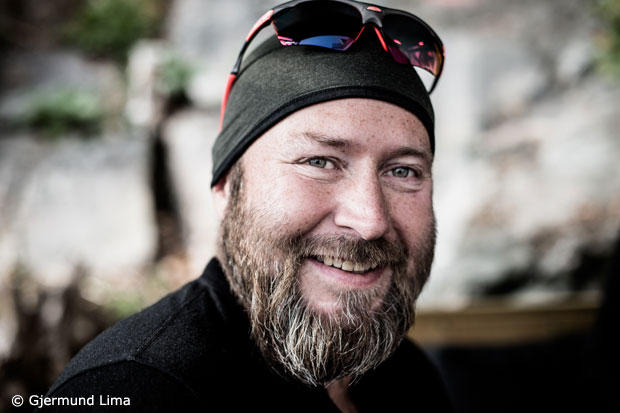
ST: So how did you get connected with the race?
Dag: I actually got involved in triathlon back in 2005 and did my first full marathon that year. I realized that I needed more varied training and triathlon made sense. I then did the Oslo Triathlon the following year. Well, I crashed halfway on the bike when the handlebars pretty much broke off. But then I have always been more of an organizer than a participant. Two years later I was in charge of the Oslo Triathlon and I got involved with the team running Norseman. A couple years later I worked as the general manager for Norseman in a slightly paid role in what is basically an all-volunteer organization.
ST: What is your title now?
Dag: General manager. I am the day-to-day guy and work one full day a week with Norseman. In addition we of course have a board of the club that runs Norseman, and we have the race director who is actually the operational guy responsible for the race itself.
ST: So how big is that board?
Dag: We have a 5-person board from the club, and it is just a small sports club. The remainder of the club makes up the core crew of the Norseman event.
ST: To put it in perspective, how big is that club?
Dag: About 30 people
ST: So do they all rope in their family members, friends and neighbors to make this event possible?
Dag: During the actual event we do have a lot of local volunteers. In Eidfjord, where we have the start of the race, and in Rjukan, where we have the finish, we have a big team of local volunteers from various clubs. So on race day we have a crew of 150 volunteers.
ST: Has the race grown beyond what you had imagined?
Dag: For the 2016 race we had applicants from 66 countries and there were basically over 3,000 people applying and that is quite a bit above of what we had been expecting just 5 years ago. So what Hårek [pictured below] started in 2003 has become in a lot of ways its own legend, but also a completely new kind of triathlon races.
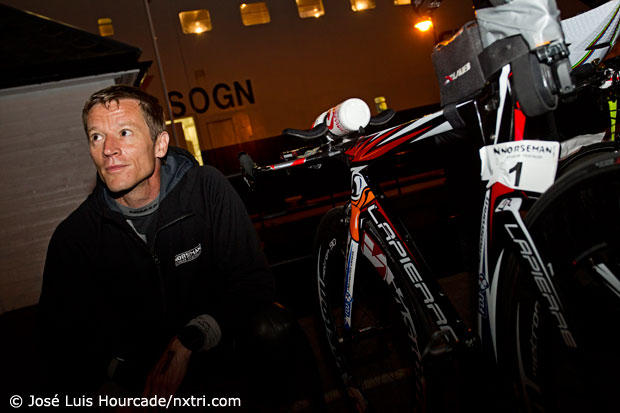
ST: So where is Hårek now?
Dag: He is one of our happy contributors. He volunteers during the race and he is also on our strategy team where we are looking into the future. He is still part of the race, but he has left the day-to-day business to the rest of the club.
ST: Since you mentioned strategy and future, please share with us how Celtman and Swissman came into the fold so to speak.
Dag: First came Celtman. That was a crew of crazy Scots of which we had several ones as regulars at Norseman, and they approached us and asked if we minded if they created something based on the Norseman template. So we discussed it in our club and decided it was a good idea and we helped them out. They got to use quite a bit of our race manual and stuff like that, and when they were ready to launch the race we gave them a little nudge through our social media channels. They now will have race 4 in the upcoming summer. It is a very, very beautiful venue in an extremely remote location in Northwestern Scotland.
The story of Swissman was pretty much the same. They approached us, and being Swiss they had a little more subtle approach about it. They had a small test event and we also helped them out with materials and launching it. When they then held the full-scale event the next year we helped kick that one off.
The key to both of those races is that they are pretty much based on the core values of Norseman. And those core values are true, basic and unique.
ST: Can you elaborate on those core values?
Dag: Whenever we are in a situation where a decision has to be made we will always measure it up to what we have defined as true, basic and unique. “True” being that we are actually true to the sport, true to the athletes and the local communities. We try to be open and honest. “Basic” as in we do not run the big sound system, and we just do not have the massive bells and whistles. We try to do this as simple and as clean as possible. There of course certain choices to be made, and we do have to recognize that we do have sponsors, and they want to be visible on parts of the course. But in general the impression is that we have a pretty clean course. “Unique”, well Norseman in itself of course is unique. I think there are 2 courses in the world that are a natural full course triathlon. As it is happens our course from transition 1 to transition 2, and you are crossing major parts of Southern Norway and you are having only one right turn along the way, is exactly 180k. And from that transition area to the finish on the highest mountaintop is exactly 42k. I don’t think you have that anywhere else except maybe Kona.
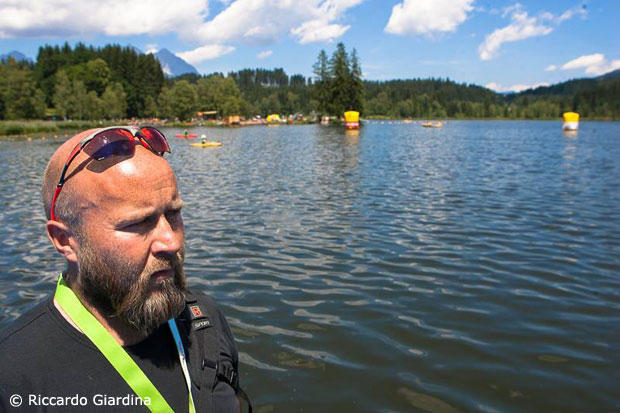
ST: Well, in Kona there are a few out and back sections, plus an extra loop on the bike.
Dag: But they made the numbers and they measured the course, and they have the original distance.
ST: There is something to be said about not chasing the numbers and letting the land dictate what the race distance should be.
Dag: As chance would have it, the distances happen to be 180k and 42k. Plus it is unique that it is a point-to-point race.
ST: What about Celtman and Swsisman? Is it required to be a full distance race to be part of your family?
Dag: Celtman actually has a 200k bike segment, so they are above the distance. The key here is the uniqueness, and the experience.
ST: What kind of person does it take to want to run a race with only 250 starters?
Dag: Well, our race director has been a 100% volunteer role, and of course he gets his expenses covered, but this is a job you do for fun. So in order to do this we actually have to have an organization that allows for fun, so they enjoy organizing the race. If the fun of organizing Norseman goes away, Norseman too will go away. I do not think this could ever be a fully commercial event.
ST: Talking about fun, some of the crew people do a test race on the course the week prior, when did that start and what is now the average participant number?
Dag: The first crew race ever was in 2004 with 3 participants. On average 8 to 10 of our crew do the crew race every year.
ST: Many race directors would consider a race with less than 500 starters as not worthwhile.
Dag: Our expense picture is likely different from the way most races would be. We are not expensive, but you pay a fair amount to come to participate. Plus we have good and faithful sponsors, and they come back year after year.
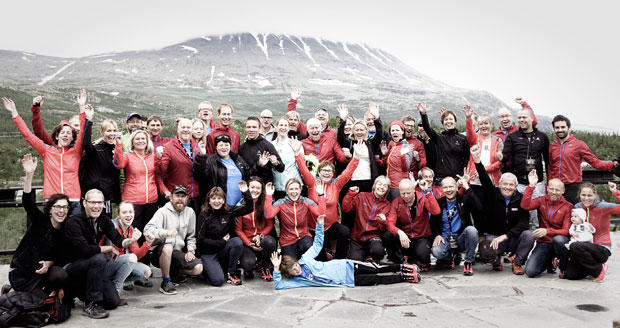
ST: When was it that Norseman had the first serious lineup of sponsors?
Dag: We had our first major sponsor lined up in 2010 and in 2011 and onwards we had a sponsorship model where we designated sponsors for certain areas and programs. But yes it was 2010 when sponsorship became a significant part of our way of organizing the event.
ST: Where do you think Norseman will be in 5 years?
Dag: We are working on that right now. We have a strategy project going on and hopefully will have something to present to our club early next year. We have very good collaborations with Celtman and Swissman, but we see competitions giving themselves an extreme triathlon name showing up in many places. So were working now with the people from Swissman and Celtman to see how we want to proceed. So it is not unlikely that we will see 2 or 3 more extreme triathlon events connected to us in additional continents.
ST: Which continents?
Dag: Well, as you may know, there are only 5 of them.
ST: You can’t elaborate on locations?
Dag: No, not at this time.
ST: How much growth do you see?
Dag: It goes all back to our core values of true, basic and unique. Everything we do needs to respect these values. If Norseman was mainstream, it would not be Norseman.
ST: Your life has changed as a fairly recent father. How is that all working out?
Dag: I love being a father and a husband. I have flexible working conditions and I do prioritize time with my family as much as possible. That said, event organizing when they are ongoing is an “all in” business. So there are times that my wife carries a major part of the running of the family.
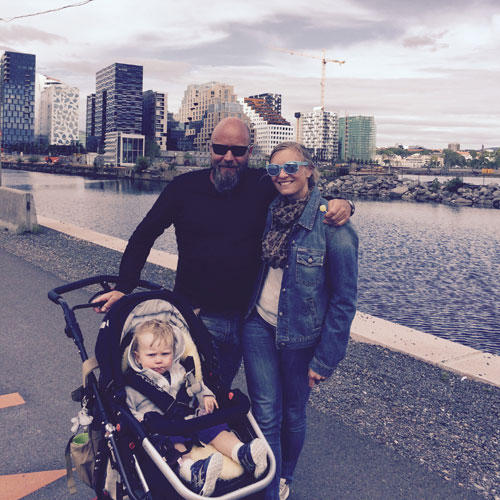
ST: Explain your other job with the Norwegian Sports Federation.
Dag: I work at the IT department of the Norwegian Sports Federation. My key task is finding ways with good IT tools of simplifying work for both athletes and club volunteers. My personal quest in this is making sporting federations and clubs share their knowledge and best practices. I´m naive enough to think this will give people more time to do important stuff as well as train and play.
ST: But that was not always the case. What were you doing prior when you were only dabbling in triathlon?
Dag: I spent 12 fantastic years at IBM, organizing a Jazz festival and guiding hikes in the Norwegian mountains on the side.
ST: Talk about your other hobbies.
Dag: These days aside from family and work it´s all about photography and ITU. I have my own little company, Relaxed Sports Photography. Grabbing people in action and working with the pictures afterwards gives me great pleasure. In addition I spend a couple of weeks a year working as a technical official for the International Triathlon Union. They have an amazing group of people volunteering to make the wheels of “Olympic style” triathlon go around.
ST: If you had to create a bucket list of 5 races to do, outside of Norseman, Celtman and Swissman, what would be on that list?
Dag: So I have long since realized that my days a triathlon participant is over. But there are still races that I want to see, either to photograph or volunteer.
1. There is only one Kona!
2. I have seen some of the scenery shots from Challenge Wanaka. Take me there!
3. I have been to Roth several times. It is an amazing race. It is the people that make it so – spectators, volunteers and athletes. They make an amazing party.
4. World Triathlon Series in Hamburg. The age group race. Actually any of the ITU world Triathlon Series city center races are amazing experiences.
5. Alpe d'Huez. Location, location, location
ST: Is there anything else we should know?
Dag: We´re still waiting for slowtwitch to come to test our Norwegian waters!
ST: Oh boy.


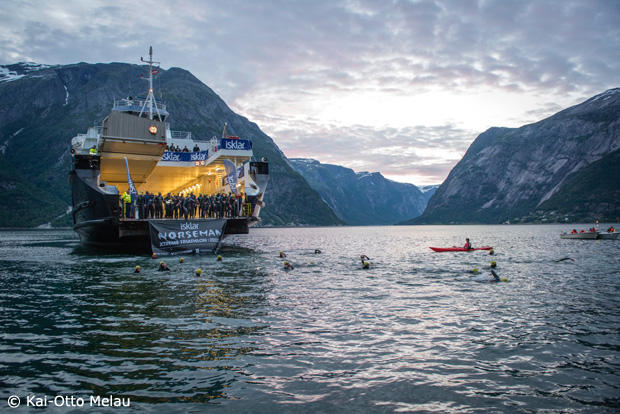
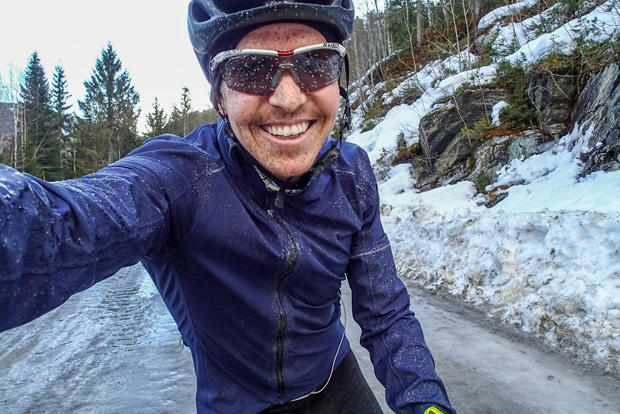
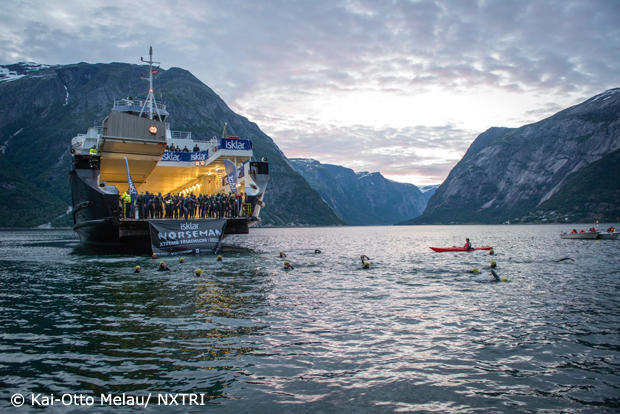
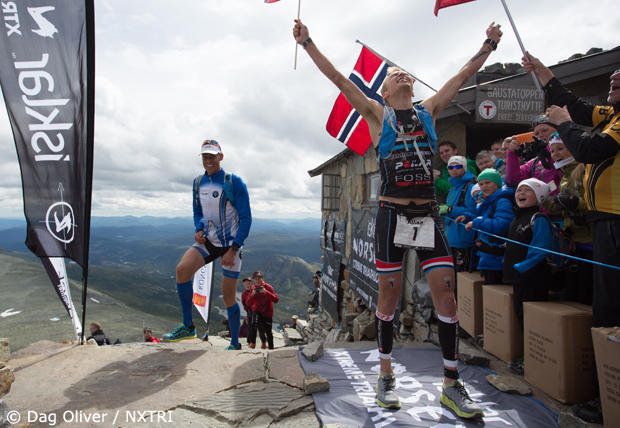
Start the discussion at slowtwitch.northend.network